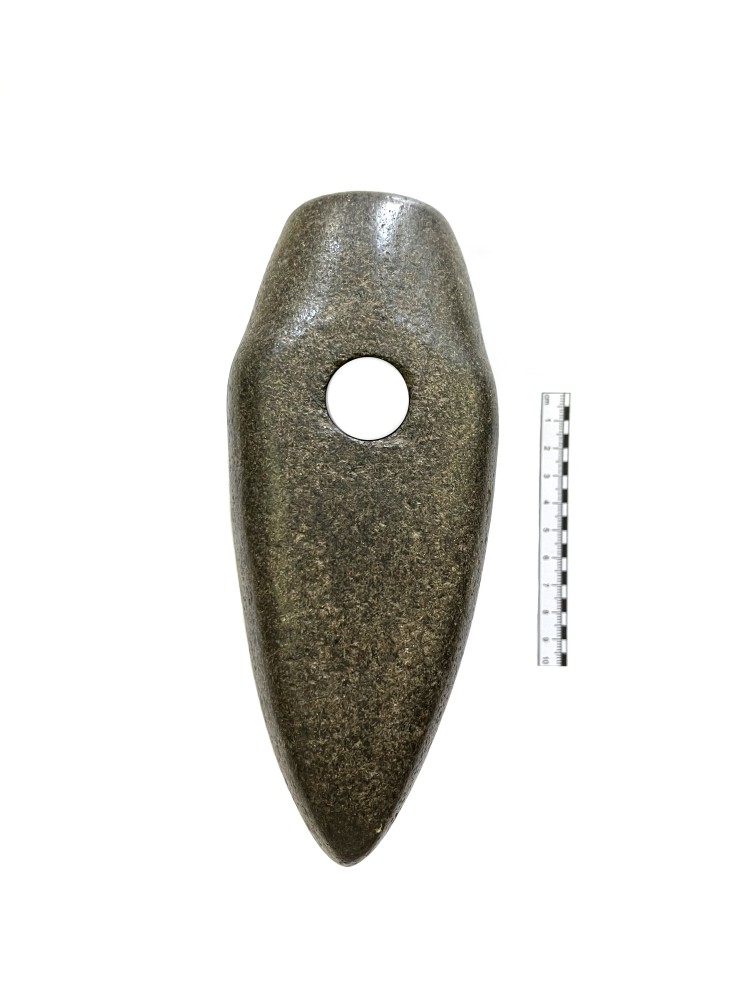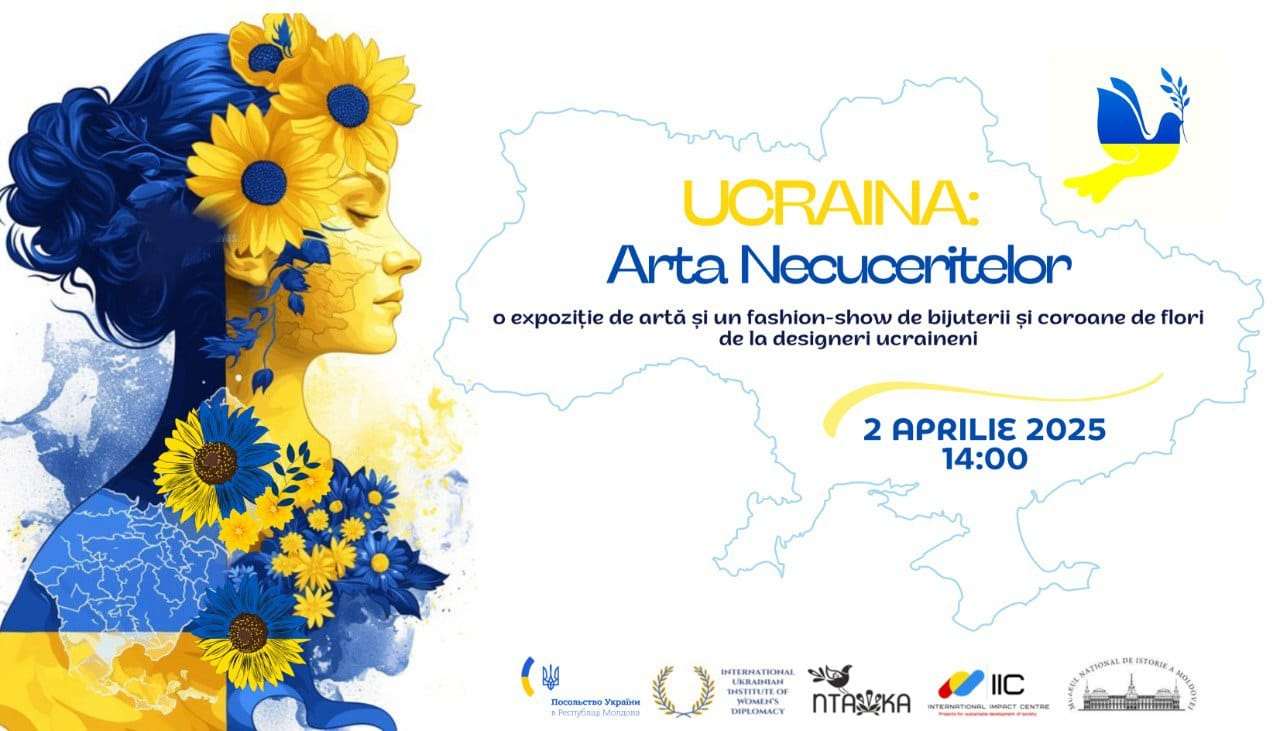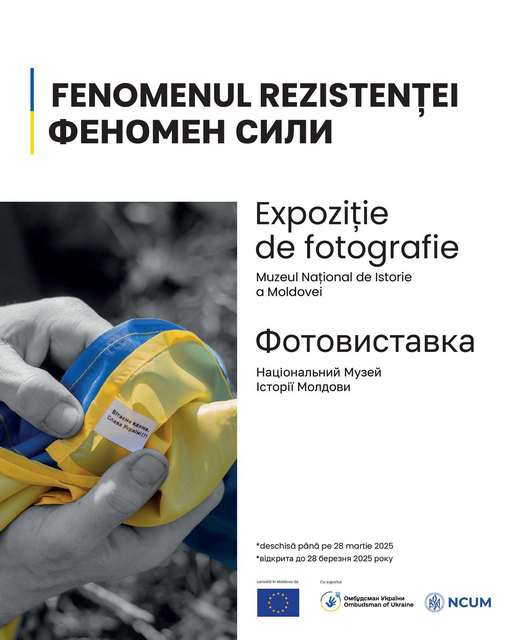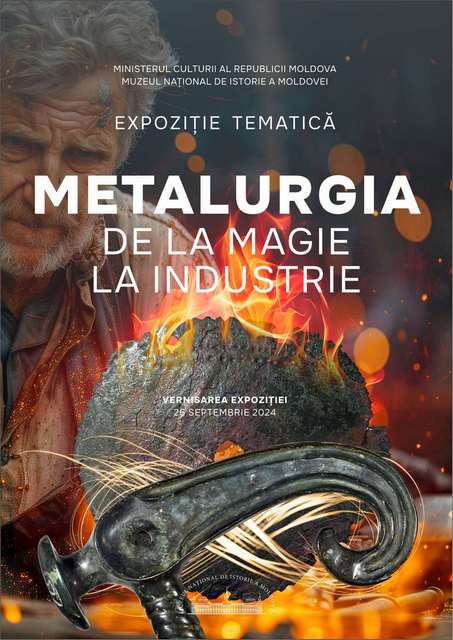  Events Archive Events Archive
Opening of the photo exhibition "Building Bridges Among Communities"
September 5, 2023
On September 5, at the National Museum of History of Moldova, was opened the photo exhibition "Building bridges between communities", a window to human connections and empathy through visual histories - a fascinating collection of images made by the participants of the second edition of the National Geographic Photo Camp in Moldova. At the opening ceremony of the exhibition, Jeff Bryan, Director of the USAID Moldova Mission, and Steven Fisher, the British Ambassador to the Republic of Moldova, emphasized the importance of social cohesion and communication, including visual communication, in a modern, multi-ethnic and multi-cultural society. Likewise, Eugen Sava, the General Director of the National Museum of History of Moldova, encouraged the young people to continue creating and come up with as many photo collections as possible. Of course, among the guests of honor at the launch event were the camp participants themselves and the creators of the images exhibited at the museum, who shared their impressions, emotions and experiences during the five days spent at Comrat, in UTA Gagauzia. Some of them held a camera for the first time, others radically changed their vision of what a photo should look like or what their mission in a community is. And most importantly, they all made friendships that continue. The second edition of the National Geographic photography camp in Moldova took place between May 15-19, 2023, in the town of Comrat. Most of the Gagauz community lives in this region in the south of the country, but also other ethnic groups. The National Geographic Photo Camp was more than an educational experience, it was a platform for social cohesion, understanding and tolerance. Young people from all corners of Moldova, including refugee communities in Ukraine, from diverse ethnic and linguistic backgrounds, met and collaborated in a unique way, together with five international photographers from National Geographic. The photo exhibition "Building bridges between communities" can be visited until September 19, in Room no. 1 of the National Museum of History of Moldova, 31 August 1989 street, 121A.
|
 31 August 1989 St., 121 A, MD 2012, Chisinau, Republic of Moldova
31 August 1989 St., 121 A, MD 2012, Chisinau, Republic of Moldova






















































